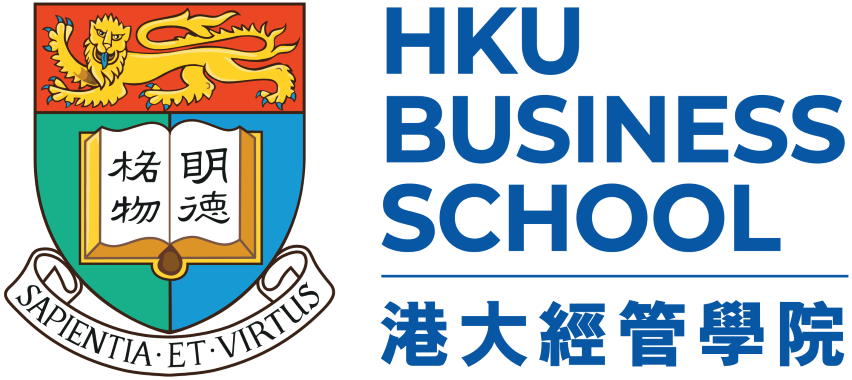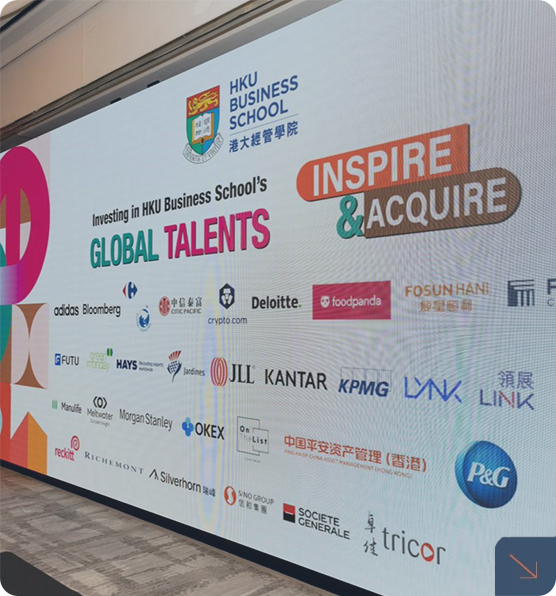
Will Trump Revalue Gold Reserves to Launch a Sovereign Wealth Fund?
Dr Y.F. LUK
26 February 2025
Donald Trump’s comeback as the US President is characterized by the rapid introduction of various policies, which have been boldly and strictly implemented within just over a month. Seldom do newly inaugurated heads of state take such drastic and overwhelming actions. New domestic policies encompass the mass deportation of illegal immigrants and the retrenchment in federal agencies and jobs, including the virtually overnight closure of the United States Agency for International Development (USAID). His international policies are even more “revolutionary”. Beyond the sudden US-Russia détente, America’s about-face in its relations with long-standing European allies has utterly upended the international order built over the past eight decades.
One of the policy changes that has received less attention is the executive order signed by Trump on 3 February 2025 directing the Treasury and Commerce secretaries to propose a plan within 90 days for the creation of a US sovereign wealth fund (SWF), outlining funding mechanisms, investment strategies, governance model, etc. In his positive response, Treasury Secretary Scott Bessent believed that preparation work would be finished and the fund set up within 12 months.
In a nutshell, an SWF is a state- or government-owned and managed investment entity that allocates assets to domestic and foreign markets. SWFs are typically funded by revenues from natural resource sales, such as oil and minerals, e.g. those of Norway and Saudi Arabia. Others are financed by trade surpluses accumulated over the years, as in the cases of China and Singapore.
As for the purposes of SWFs, they primarily serve to finance national development objectives, stabilize government finances, and enhance the efficiency of national asset management. For instance, to raise its profile in international sports, Saudi Arabia has leveraged its Public Investment Fund to acquire football clubs, attract high-profile players like Cristiano Ronaldo with lucrative salaries, and sponsor the Women’s Tennis Tour (WTA) Finals a few months ago. These are some of the more entertainment-oriented events. Yet more often than not, SWFs are channelled into conventional areas, including infrastructure development projects, industrial policies, and financial investments.
The SWF executive order signed by Trump is said to be intended to strengthen financial sustainability, alleviate the tax burden on American families and small enterprises, and bolster US economic and strategic dominance on the international stage. This is just a broad-brush description and the details probably remain to be disclosed in the plan to be announced within 90 days. However, how these objectives related to fiscal capability, financial sustainability, and tax liability can be achieved is an issue for further examination. Simply put, there are two possible scenarios. First, upon the establishment of the SWF, the government injects new capital into the fund without changing the existing financial arrangements. This will, of course, mean more money in the government coffers, yet questions remain about whether the new capital should be used to set up an SWF or put to better use, such as reducing government debts and future interest payments. Second, with no new capital at its disposal, the federal government needs to raise funds through taxes or from the lending markets to finance the SWF. Should the returns on government investments be comparable to market returns, the government would be better off keeping funds invested in the market rather than risking a crowding-out effect by unnecessarily initiating an SWF.
In both scenarios, the SWF will produce several economic effects. Firstly, the government is unwilling nor does it find it appropriate to transfer the capital or resources managed through an SWF to the market. Secondly, the SWF can save on investment costs or boost returns due to its colossal size. Thirdly, market investments do not take into consideration social value, making private returns often lower than social returns, which is regarded a market failure. Nevertheless, an SWF has the flexibility to invest in areas where the market is absent. That is one reason why some commentators are in favour of the US establishing an SWF. They believe that America’s lack of an overseas infrastructure investment mechanism to counter China’s Belt and Road Initiative has undermined its global influence. The US government may have its International Development Finance Corporation to handle related matters but, subject to existing financial regulations, it would be hard-pressed to make investment decisions aimed at enhancing US global influence. The new SWF could bypass such limitations.
Apart from getting greater freedom to counter China in the international market, Trump’s directive about an SWF is in a way his attempt to start anew. This move would allow him to break free from certain financial constraints and minimize intervention from Congress while deflecting criticisms about the accelerating fiscal deficit. Furthermore, it can also serve to avert the uncertainty caused by the conflict between the Republican and Democratic parties in the event of an impending federal government’s debt ceiling. Regarding the legislation governing the SWF’s establishment, Congress has little reason to relinquish its regulatory authority. That being the case, Trump’s strong leadership and Republican dominance in both houses of Congress are poised to shift the power balance in support of his governance in the coming years.
While no mention is made in the executive order of the size of the proposed US SWF, a ballpark estimate of US$2 trillion is often cited in the commentariat. In comparison with the world’s three largest SWFs, namely Norway Government Pension Fund Global (US$1.74 trillion), China Investment Corporation (US$1.33 trillion), and SAFE Investment Company Limited (US$1.09 trillion), this is far from an insignificant sum. Where will this massive amount come from? When pressed for an answer, Trump said “from tariffs and other intelligent things”. What “intelligent things” may be revealed in due course. Yet, using tariff revenues as the primary funding mechanism for an SWF would be a time-consuming process. In 2024, the federal government’s total income stood at US$4.92 trillion, with tariffs accounting for merely US$80 billion. Clearly, tariffs are a long way from being a viable primary funding source for the proposed SWF. Compared with his other policies during the presidential campaign, his braggadocio about tariff hikes has so far turned out to be much ado about nothing. Even if the tariff revenue expanded fivefold in 2024, the income would still be less than US$400 billion. And this would have triggered a certain level of inflation and recession. On the other hand, raising other taxes would mean reneging on his campaign promise of tax reduction and the Republican economic philosophy. Bond issuance is likewise not an ideal financing option. For one thing, the US has already racked up a debt of US$36 trillion, which is a major concern in the financial markets worldwide. For another thing, the surging interest costs of bond issuance have compressed the future fiscal space of the American government.
It is the Treasury Secretary Scott Bessent, after all, who provides a clearer picture by stating, “We are going to monetize the asset side of the US balance sheet”. According to the information supplemented by the White House on the occasion of his remark, the value of assets directly held by the federal government is US$5.7 trillion. Nevertheless, as some commentators have pointed out, cash and gold only contribute US$1.2 trillion to these assets.
The amount of gold held by the US government is 261.6 million troy ounces but on the Treasury Department’s balance sheet, the gold is still priced at the same level of US$42.22 per troy ounce in the 1970s. Under the Bretton Woods system, the gold price was originally set at US$35 per ounce. In August 1971, after America unilaterally delinked the dollar from gold, there were still international efforts to save the Bretton Woods system by devaluing the greenback against gold but they were all in vain. The US official gold price has since stood at US$42.22 per ounce. Now that the price is approaching US$3,000, should the US government’s gold reserves be priced in accordance with market value, the asset value on its balance sheet would expand by US$773.7 billion. This may be what Scott Bessent meant by his remark: “to monetize the asset side of the US balance sheet” as a funding source for the SWF plan.
By revaluing its gold reserves, the US can generate substantial capital at no cost, which can be directed into the new SWF or deployed for other purposes. Stephen Miran, Trump’s nominee to chair the Council of Economic Advisors, once suggested that to devalue the US dollar, gold could be sold to buy foreign currencies. There is no telling how seriously this piece of advice should be taken. Given that many central banks have been buying gold heavily in recent years, the US government’s operations with its gold reserves are likely to prompt considerations for reincorporating gold into the monetary system.







